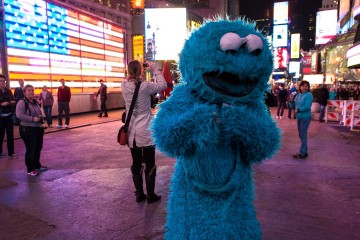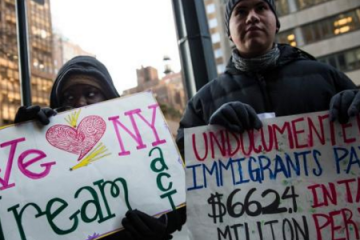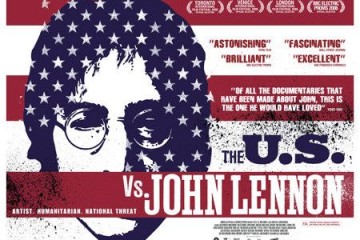When Cities Make Laws About Your Food

From huffpo.
It’s true that consumers must make informed decisions about their food intake. I mean hey, it’s your health. But it’s also true that foods in the USA aren’t as well-regulated as we expect and even though we know in theory that big portions aren’t good for us, that too much salt and sugar is terrible for our health, it’s far better to have concrete information, right?
In September 2015 New York City’s Board of Health passed a resolution requiring all chains with 15 locations or more across the country to place a warning label on menu items that contain 2,300 milligrams of sodium in them or more. When the law went into effect on December 1, 2015, the National Restaurant Association sued the city over this new rule. Yesterday, the New York State Supreme Court ruled that the resolution can stand. The city can begin enforcing this new policy and fining non-compliant restaurants on March 1st.

Photo credit: Youth Health Mag
This isn’t the first time a city has passed resolutions about how their citizens are informed about their food. Here are some examples of times when New York and other places have tried to regulate food choices in the name of public health.
- Mexico increased the tax on sugary beverages by 10% on October 2013. The tax was passed in response to the country’s high incidents of obesity and diabetes, and was meant to help curb soda consumption among the poorest in the country. In order to ensure consumers felt the price increases at a more personal level, the excise tax was placed on distributors of sodas. This ensured that price differences between soft drinks and other types of drinks was more evident for the consumer.
- In 2011 Mayor Bloomberg tried passing four bills that would have changed the way the city’s food supply works. Two of those bills would have encouraged urban and rooftop farming. The second would have created guidelines that would have encouraged NYC food providers to buy food that was grown and/or processed in the state of New York, thus creating a more local market for food. Another would have created a measure of “metrics” so the city could keep track of how food is grown, tracked, and transported throughout the city. These metrics were supposed to help the city make more informed decisions about its food supply.
- On November 2014, the city of Berkeley, CA passed a soda tax with a large margin. It was a measure similar to that of Mexico’s. In the case of Berkeley, the excise tax is added at the cash register so that consumers can see the increase as they purchase. The tax was 1 cent per ounce of soda. Research showed that although there was little change in soda purchases at convenience stores, there were significant changes in soda purchases at supermarkets.
- Under Mayor Bloomberg, New York City passed a ban on large soda sizes. The soft drink industry fought these changes and the New York State Supreme Court eventually ruled in their favor, saying the New York Board of Health had overstepped its boundaries in banning drinks of a certain size, but the effort sparked a debate over drink sizes, the obesity epidemic, and public health. If the law had been upheld there would have been loopholes for convenience stores, milkshake purchases and beverages containing alcohol. The beverage industry also felt if this ban would have remained then its products would have been presented as a hazard to public health.
- In 2007 the New York City Board of Health passed a ban on trans fats in restaurants. This was yet another Bloomberg initiative, and not only was it successful in reducing the amount of trans fats eaten in NYC, the FDA expects trans fats to be removed from food products by 2018. It is estimated that thousands of lives will be saved as a result of this initiative.







